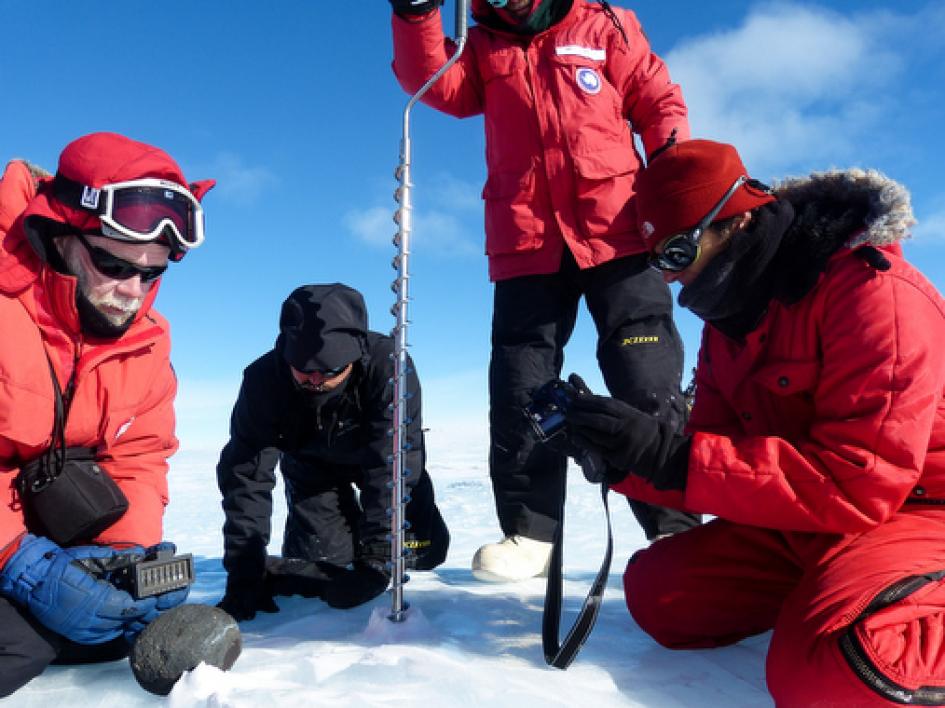Meteorite Locations
Meteorites land randomly over the Earth, though most fall in the water that covers over 70% of our planet's surface, and are never recovered.
[expand title=”Cosmic dust?” tag=”u” trigclass=”arrowright” targclass=”div”]Up to 300 tons of space dust (including micrometeorites) fall to Earth every day. In fact, so much cosmic dust ends up in our atmosphere that an international research project called CODITA (COsmic Dust In the Terrestrial Atmosphere) has been formed to study it – you can read more about it here, and learn how to collect your own micrometeorites here![/expand]
Meteorites are most easily recognized and recovered from geologically stable desert regions – either hot (like Arizona) or cold (like Antarctica). The low precipitation rate in these areas preserves the meteorites, allowing for their accumulation over time, and the lack of vegetation makes the meteorites easier to find.

Since there is an estimated one meteorite fall per square kilometer per year, geologically stable desert regions can show significant accumulations of meteorites. Some desert regions have dozens of different meteorites per square kilometer, though they can be difficult to distinguish from normal terrestrial rocks.
[expand title=”How are meteorites named?” tag=”u” trigclass=”arrowright” targclass=”div”]Meteorites are typically named for the town or geographic feature nearest to their discovery or fall. Some particularly unique meteorite names include Nothing, Millbillillie, and Lumpkin.[/expand]

Click here to learn about Arizona Meteorites!